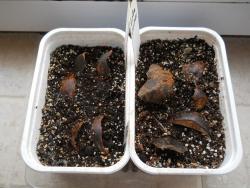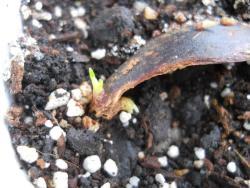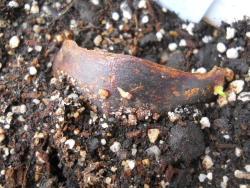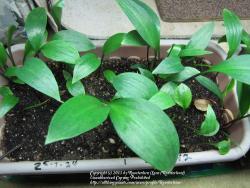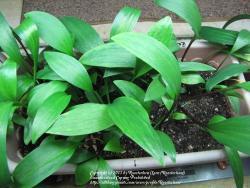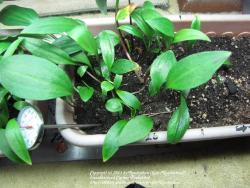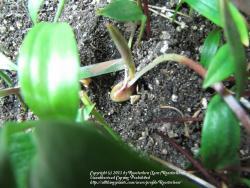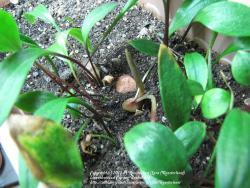Roosterlorn said:.... It also doubles as a tornado shelter--someplace we can get into in a hurry should we ever need to--which has happened many times in the last 40 years.
Dad built a cellar off the basement when he built our family's house, too. i remember times bringing the transistor radio down with us while we cuddled under blankets, waiting for the tornado to pass.
--
Boy, if ANYBODY remembers the Calvin-Benson cycle, they need to get a prize! Actually, I had to look it up myself, because, as I now discover, I learned it as the Calvin cycle. At any rate, no, that is
not what I was talking about. The Calvin cycle is light
independent, and can occur in both light and darkness. That it seems to occur more in darkness, I think is true, and I never gave a thought to its significance in relation to length of night. Perhaps you can enlighten me, Lorn.
But even talking about the Calvin cycle, when one wants to change the diurnal light cycle, I don't understand the significant relevance of adding to the end of a light or dark cycle rather than the beginning. (Of course, in effect you are subtracting from the beginning of the opposite period, but I still don't understand the theory.) I'd be very interested to hear your thoughts on this.
Regarding my previous discussion:
Many plants use what is commonly called day length to initiate certain physical or chemical changes (flowering in some plants, for instance). But in actuality, it is
night length, not day length, that matters. There are always exceptions in nature, but for 99.9% of the time, when the diurnal light cycle is relevant, plants measure the length of uninterrupted darkness, not the light time. I don't remember the name of the reaction, but it begins at nightfall and continues to build
only in the
absence of light, for as long as there is no light (morning).
Once light is introduced, the reaction "clock" is reset to zero. This is how a plant measures night length. Thus, a 12 hour night can be broken up into (approximately) two 6 hour nights, by temporarily turning on an artificial light midway. To a plant, then, this 12 hour night is recorded as two short nights, rather than one long night. This concept is important, as for many species the night length triggers important changes in the plant's life cycle that is vital to its survival.
